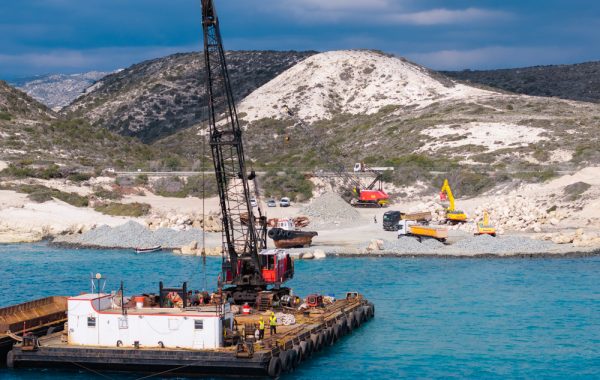What happened in the last month?
On 19 July 2022, the Environment Department issued an Ecological Assessment Report on the effects that the Akamas Local Plan, as proposed by the Town Planning Council, will have on the Natura 2000 site and protected species such as the Sea Turtles, the Fruit Bat and the Bonelli’s Eagle. This Report is legally binding.
What does this Report say?
Through this Report, the Environment Department says that the Akamas Local Plan can only be implemented if a number of conditions are met. These conditions reject or modify some of the provisions of the Local Plan. This means that for the Local Plan to be approved, it must change radically. However, even if these conditions are met, there are problematic provisions that remain.
Is Akamas protected through these conditions?
Yes and no.
Some of these conditions are a step in the right direction, enhancing protection of the area. For example, the provision for isolated housing has been taken out. Isolated housing is a policy that has proven to be a planning distortion throughout Cyprus, associated with scattered and unregulated development in the countryside and also with forest fires. Under the Report’s conditions, various other developments within the Natura 2000 sites are prohibited, such as the visitable farmstead, which is a potential real ‘Trojan Horse’ for development in the countryside. Some other development types, such as supermarkets and event halls, are also restricted to closer to community boundaries. Lastly, some new residential and tourist zones are being restricted in size.
However, some very problematic provisions reman in the Plan, as they are not dealt with in a satisfactory way by the Environment Department’s Ecological Assessment Report.
What are the remaining issues?
Although the Report calls for some provisions of the Local plan to be reduced, restricted or transferred to other areas, some other highly problematic ones are not adequately addressed.
These include the new quarry zone in Androlikou. Although it is reduced in size, this is not enough to save the area’s natural habitats from destruction, nor to substantially reduce the noise pollution and the disturbance for sensitive species such as the Roller and the Fruit Bat.
At the same time, the habitats and the landscape of Akamas are not sufficiently protected from the three massive, specialized developments (resort type), since they are either insufficiently restricted in size or transferred to other parts of the Peninsula.
Serious issues also remain with the new tourist zones of Ineia and Neo Chorio, which, although reduced through the Report, will nevertheless have impacts. The Ineia tourist zone will have an impact on the feeding and nesting grounds of birds of prey as well as the Roller, and it is an arbitrary development within the countryside, close to the ridge of the Rocks of Ineia, completely remote from the community. In addition to the environmental impacts, any developments within this arbitrary tourist zone will act in competition with the services found within the communities. The Neo Chorio tourist zone, although restricted off riverbeds and gorges, does not do enough to save the habitat used by migratory waders that migrate along the coastline, such as the Squacco Heron, the Little Egret, the Glossy Ibis and the Demoiselle Crane.
What is at stake?
In essence, this Report is attempting to improve what is a bad Plan.
No matter how much it is improved, it is still a Plan that is incompatible with the uniqueness and with the potential of this area. It is like trying to fix the roof of a house whose foundations have rotten.
In the meantime, we are losing Akamas, and with it, a unique opportunity for Cyprus: to implement a development model that is different to the one we have witnessed destroy so many other areas of our island. A model that promotes long-term prosperity through nature conservation and compact development close to the communities, keeping the landscape intact to attract visitors.
This model works in so many other countries. Why not in Cyprus?




